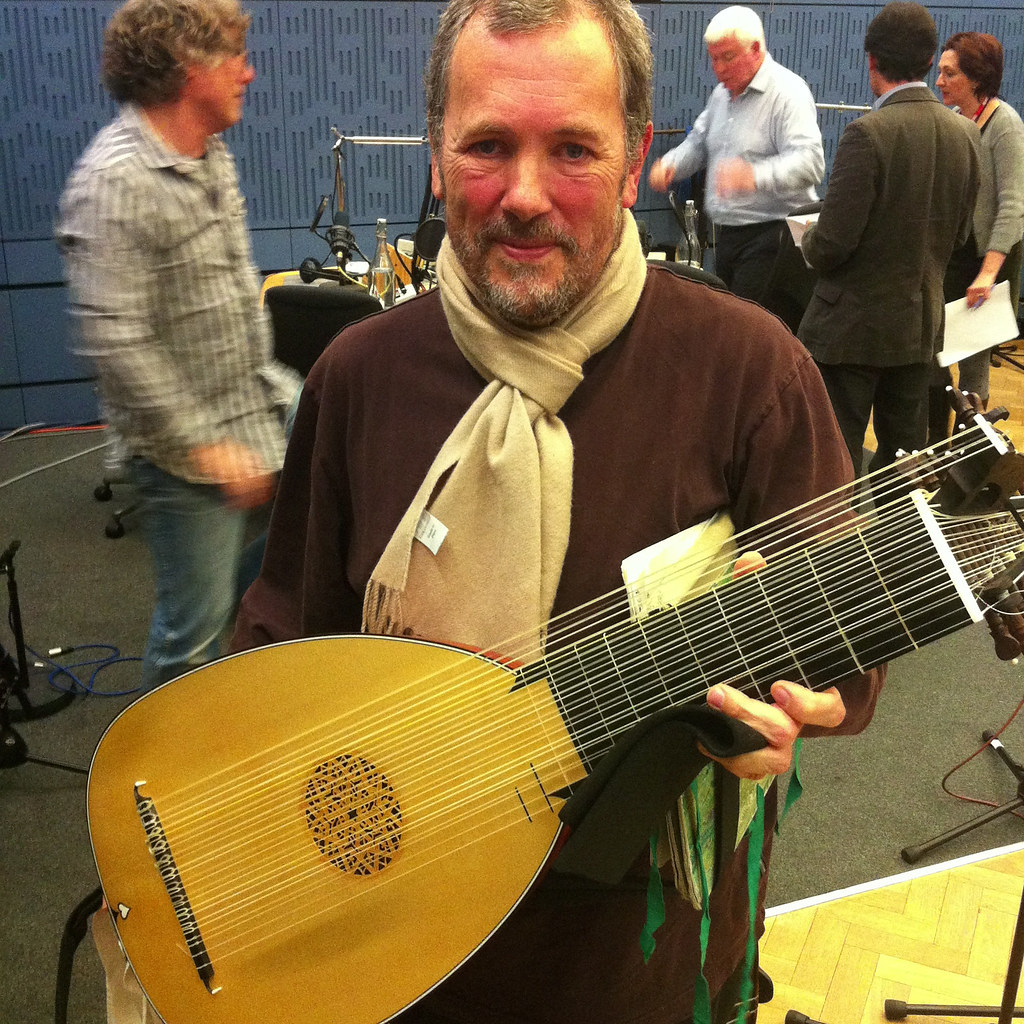Posts by Ethan Kind
Lute – Effortless Poor Technique (Musicians)(Psychology)(Pain)(Strain)(Injuries)(Posture)(Alexander Technique)(Albuquerque)
This ebook, An Alexander Technique Approach to Lute Technique, is published on this website in a PDF format. It is very detailed and practical, and it will give you the physical tools you need to take the limits off of your ability to create the accurate lute technique you want without sacrificing your body.
This ebook is also for sale on all AMAZON websites in a KINDLE format.
Located in Albuquerque, New Mexico, U.S.A. (MOVEMENT THERAPY)
When you’ve played the lute for a long time, then the way you play the lute does itself. This means that even if parts of your lute technique make playing the lute unnecessarily hard, the way you play the lute is still doing itself effortlessly.
I’ve always been fascinated by how effortlessly lute players do some of the things they do, when some of these things are hard work. So, poor technique is both effortless and hard, interfering with the lutenist’s freedom to play the most difficult lute music with ease.
When an internalized poor technique is effortless, it can make it difficult to change, even when a lutenist discovers a better way to play. Why do many lutenists resist change for the better?
ONE OF THE WAYS OUR MINDS CAN BLOCK A CHANGE FOR THE BETTER, IS TO TELL US THAT IT IS TOO HARD TO MAKE TECHNIQUE CHANGES AFTER YEARS OF DOING WHAT THE LUTENIST HAS DONE. IF THESE KINDS OF THOUGHTS ARE GOING ON IN YOUR HEAD, THEY CAN BE SELF-FULFILLING, MAKING CHANGES TO YOUR TECHNIQUE DIFFICULT.
But what if you tell yourself that making changes to the parts of your lute technique that are making you pay a physical price can be easy and quick, then you’ve opened the door to effortless great technique.
WHEN YOU ACCEPT THAT MAKING CHANGES TO YOUR LUTE TECHNIQUE CAN BE EASY, WHEN YOU HAVE BELIEVED THAT CHANGES ARE HARD YOUR WHOLE PLAYING LIFE, YOU’VE OPENED YOURSELF TO BEING A GOOD LEARNER. What is a good learner?
A GOOD LEARNER is a lutenist who finds great joy in making changes to his or her lute technique, because it is fun to make the lute easier and easier to play. This means you may have to revisit how you were taught the lute as a child.
If your lute teacher and others created a pressurized experience, then this means you were always being pushed by the teacher, others, and yourself to play better and better. The result is that gaining control of your lute technique needed to be done as quickly as possible, no matter the physical and emotional costs.
IN OTHER WORDS, WHEN YOU COULDN’T DO SOMETHING ON THE LUTE, THE EXPERIENCE OF LEARNING SOMETHING NEW WASN’T TO BE SAVORED, IT WAS TO BE GOTTEN THROUGH AS QUICKLY AS POSSIBLE.
So, here you are now, and you want to make changes to some of your lute technique. You’ve got a couple of choices. You can come to the lute as the child you were, and strain and rush to make the changes as quickly as possible. Or you can come to the lute with faith that you can learn easily and enjoy this joyous time of technique transformation, between what you have always done and what you will be able to do guaranteed.
So, is it possible to psychologically flip what you’ve always believed, that learning is hard, to learning is easy? LEARNING IS EASY! BUT YOU’LL NEED TO FORGIVE YOUR LUTE TEACHER AND YOURSELF AND WHOEVER ELSE PRESSURIZED YOUR LEARNING, IF YOU DON’T WANT TO KEEP GETTING EVERYONE BACK, BY NOT LETTING YOURSELF BE AS GOOD AS YOU CAN BE ON THE LUTE.
